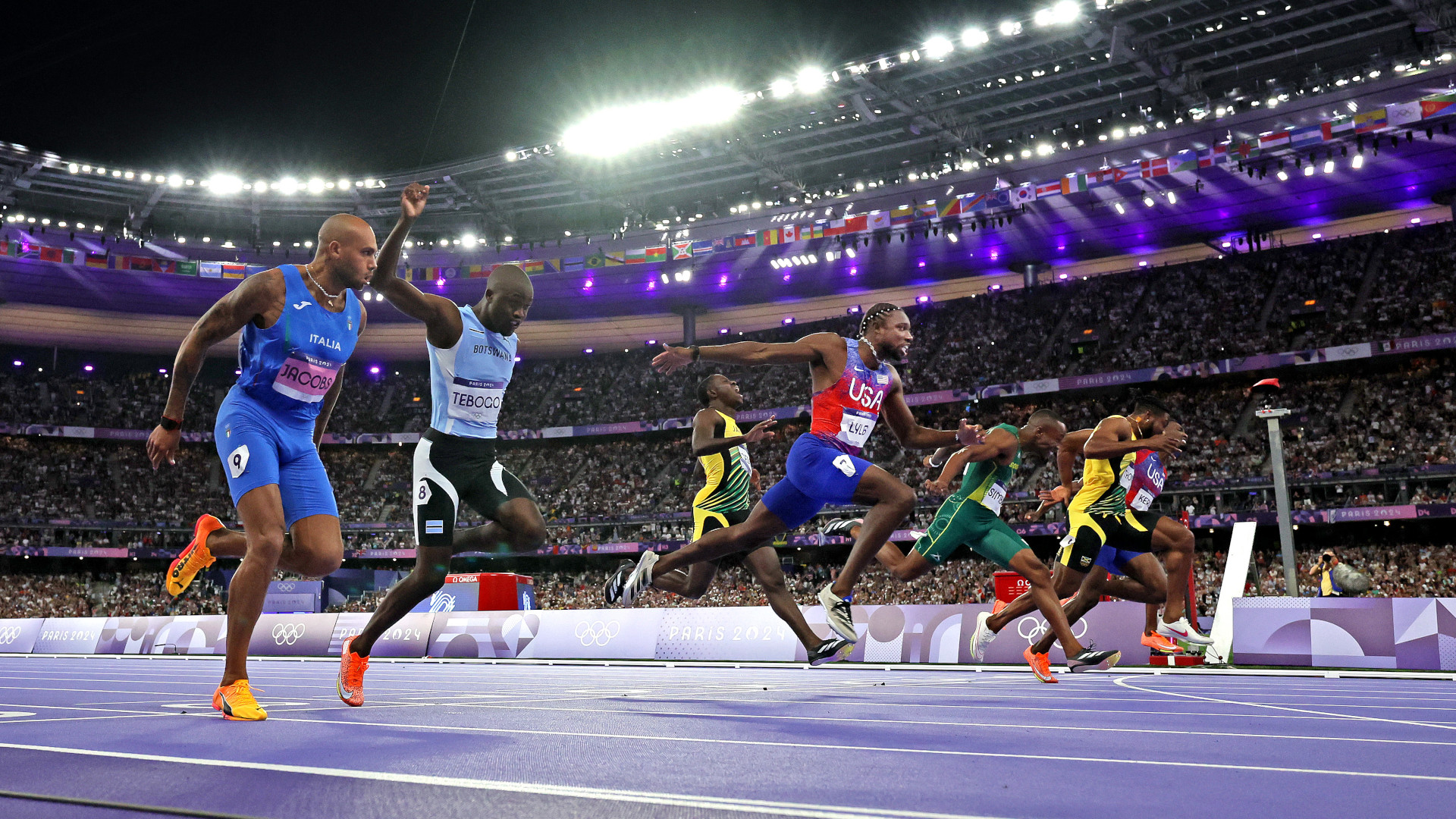
The Paris Olympics are currently electrifying the world, with finals happening every day and athletes pushing the boundaries of human performance. Among the many factors contributing to these incredible feats are innovations in athletic footwear, specifically the advent of ‘super spikes’.
Super spikes are high-tech running shoes that incorporate advanced materials to enhance running economy, which is how efficiently the body uses oxygen. “The main difference between ‘super spikes’ and traditional spikes is the midsole set-up, where the super spike has a combination of ‘super’ foam and a full-length carbon plate,” explains Mark Vermeulen, Product Marketing Coordinator at Asics.
Similarly to ‘super shoes’ like the Nike Vaporfly and Saucony Endorphin Elite, the stiff carbon plate offers additional responsiveness and stride guidance whilst allowing footwear designers to add foam. This adds extra cushioning without losing any of the benefits of traditional lightweight track spikes.
In fact, research indicates that super spikes can improve running economy by about 2%, translating to a 1-1.5% increase in running speed. For instance, a 10,000-meter runner could see an improvement of up to 25 seconds, a significant edge that could make the difference between winning a medal and falling short.
Olympic dreams
As expected, the Paris 2024 Olympics is showcasing the full potential of these revolutionary shoes, with numerous athletes choosing to wear them in their quest to shatter records and set new standards.
A good example of this was the men’s 100m finals, where all eight participants finished within 0.12secs of the gold medal, one of the closets - if not the closets - race ever seen at the Olympics.
Super spikes first started appearing around the time super shoes—most prominently, the aforementioned Vaporfly—were criticised for providing their wearers with an ‘unfair advantage’ at races.
It’s no surprise that super shoe development affects super spike design. “Typically, technological breakthroughs in road running shoes, like a new super foam, are also incorporated into the design of super spikes, as long as they abide to spike regulations,” adds Mark.
These regulations, often posed by international governing bodies such as the World Athletics, include a maximum stack height of 20mm for sprint events (e.g. 100 and 200 metres) and 25mm for 800 meters and up.
“In addition to this, there is a regulation on the commercial availability of the spikes to protect unsponsored athletes,” Mark elaborates. “The regulations state that the spikes must have been available for purchase for a minimum of four months before they are allowed in official competitions.”
If you’ve ever wondered why brands suddenly release a ‘very limited’ batch of just a hundred of their latest super shoes not long before big competitions, this is why. Only a few people will be able to get hold of the shoes, but this allows athletes to use the upcoming shoes at races months before the actual release.
Road to success?
Will super spikes usher in a new era in track running? Yes and no. We already see many athletes running incredibly fast times, but as Mark points out, high-tech running gear doesn’t replace hard work and talent. “The current world record of the 100 meters has yet to be broken after 15 years,” he adds.
Super spikes will enable athletes to reach their maximum potential more easily, but instead of making people much faster, they will likely allow more people to catch up with the peloton of the running world. Finish times will be closer, and you might see underdogs challenging the status quo more often (see also Cole Hocker completely unexpectedly winning the men’s 1,500 at Paris).
This is great for the sport, as although we all love it when an athlete dominates their respective field (Armand Duplantis in pole vaulting is an excellent example), races are exciting when you don’t know who’ll win. Super spikes might give less well-known athletes the competitive edge.
The science behind super spikes, a blend of enhanced cushioning, reduced weight, and energy return from the rigid plates, is not just a boon for elite athletes striving for personal bests. It might also be a game-changer for non-elite runners, including high school and collegiate athletes, making high performance more attainable than ever.
Are super spikes the be-all and end-all of track footwear? Most brands have their version; for example, Asics has the METASPEED SP, MD and LD (sprint, mid- and long-distance) for the track, with a full-length carbon plate and a layer of FF Blast foam.
All are being tweaked continuously, getting lighter and more responsive as time passes. However, just like in the case of super shoes, we haven’t seen huge changes in the design since the introduction of super spikes.
Does this mean we’re reaching the end of the line of footwear innovation? Not quite. “Before the super shoe trend came about, people believed running shoes had already been optimized to maximum performance,” concludes Mark. “So, maybe new innovations are around the corner…”







